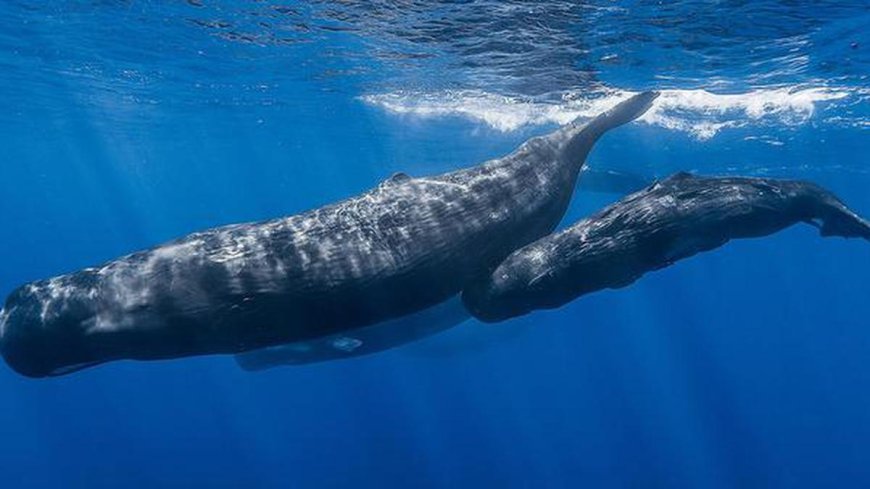A whale tooth’s journey from the sea to a Copper Age pit

A Whale Tooth's Journey from the Sea to a Copper Age Pit
Breaking News, Daily Updates & Exclusive Stories - asarkari
In an astonishing archaeological discovery, researchers have unearthed the only known sperm-whale tooth from the Copper Age in Spain, marking a significant find in the study of ancient maritime life. This discovery represents not only a fascinating relic from the past but also highlights the intricate connections between human cultures and the natural world during an era characterized by profound change.
The Discovery
This sperm-whale tooth, recently discovered in a Copper Age pit in Spain, stands out as the sole sample of its kind found in the region from this historical period. Its rarity extends to being only the second recorded sperm-whale tooth in the Western Mediterranean that dates back to a similar timeframe. This tooth is believed to have travelled through the Mediterranean Sea, sharing the history of ancient peoples and their interactions with marine life.
The Significance of the Find
The importance of this discovery extends beyond mere aesthetics; it sheds light on the integral role that sperm whales played in maritime economies and cultural exchanges of the past. The Copper Age, which began approximately around 3200 BC, was a transformative period where people increasingly engaged in long-distance trade. This specific sperm-whale tooth might have been used as a tool, ornament, or even a mark of status, reflecting the social dynamics of that time.
Dr. Maria Rodriguez, a leading archaeologist on the project, notes, “The journey of this whale tooth from the depths of the Mediterranean to a burial site is emblematic of humanity's relationship with the ocean. It reveals how early civilizations utilized available resources and the deep respect they had for them.”
Unpacking the Context
The Copper Age, defined by advancements in metalworking and trade routes, serves as the backdrop for this significant find. The discovery of such a rare artifact not only enhances our understanding of the period but also raises questions about the interactions between land and sea. Sperm whales, known for their size and intelligence, were possibly seen as majestic beings, creating a sense of reverence among ancient peoples.
Furthermore, the archaeological context in which the whale tooth was found offers insights into burial rituals and the value placed on specific items during the Copper Age. As researchers continue to analyze the site, it may yield further discoveries that could shape our understanding of prehistoric societies.
Looking Ahead
This unique sperm-whale tooth reinforces the need for continued exploration and study of ancient maritime cultures. As we delve into the past, each artifact serves as a gateway to understanding humanity's evolving relationship with nature. The whimsy and wonder of our ancient ancestors can be glimpsed through their interactions with marine giants.
For more updates on groundbreaking archaeological findings and their implications, visit asarkari.com.
Conclusion
This incredible discovery of a sperm-whale tooth from the Copper Age not only adds to the limited knowledge of ancient marine interactions but also sparks curiosity about the narratives that surround natural artifacts. The journey of this tooth from the ocean's depths to a burial site encapsulates the essence of maritime history and human ingenuity.
As the field of archaeology continues to evolve, significant finds such as these bring forth reminders of the importance of environmental stewardship. Understanding our shared history with nature can guide us to a more sustainable future.
Keywords:
whale tooth, Copper Age discovery, sperm-whale tooth Spain, maritime archaeology, prehistoric societies, Mediterranean artifacts, ancient burial practices, cultural exchangesWhat's Your Reaction?
 Like
0
Like
0
 Dislike
0
Dislike
0
 Love
0
Love
0
 Funny
0
Funny
0
 Angry
0
Angry
0
 Sad
0
Sad
0
 Wow
0
Wow
0










































